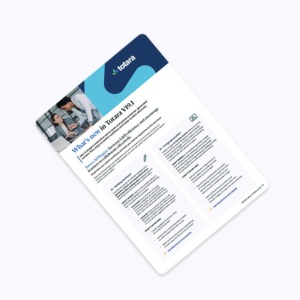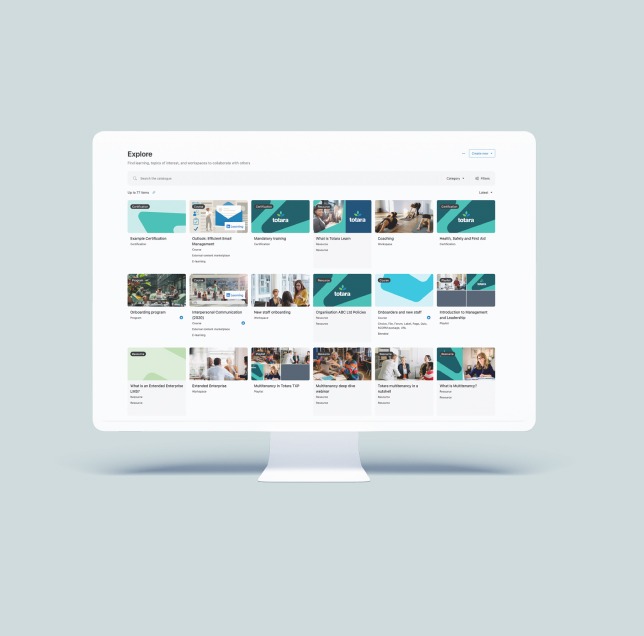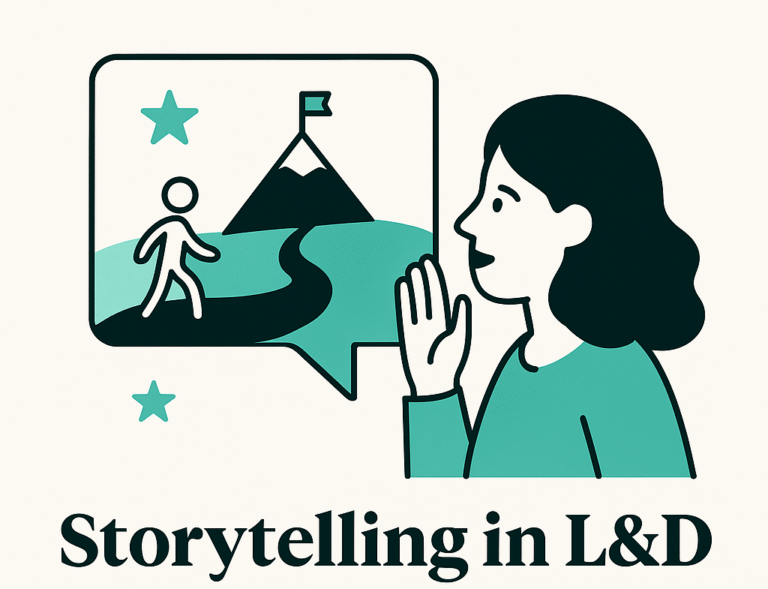With hundreds of learning platforms to choose from, entering the market for a new system can be a daunting experience.And getting it wrong is painful – not only is it an expensive mistake to make, but it is also a drain on time and resources as your team tries to fix problems you hadn’t anticipated and work around the platform, rather than the platform adapting to your needs.With over a third of organizations actively looking to replace their learning platform, and 45% of these wanting to do so within the next year1, it is clear that the standard learning platform selection process is letting many of us down. But with just 9% of organizations being completely satisfied with their LMS, are too many of us making do with systems that don’t fully work for us? Is it time to shake up the status quo and find a better way to choose the right learning platform? If you’re tired of grappling with a platform that is too expensive, not flexible enough and too time consuming to implement and manage, rest assured that it doesn’t have to be like this.According to Brandon Hall Group, just 9% of organizations are completely satisfied with their LMS.
Getting started:
Before you get stuck into your usual feature-by-feature comparison, think about what your learning platform is really for:
- What business requirements does it need to support?
- What do you want to get out of your learning program?
- What does your current learning strategy look like, and what might it look like in the future?
- Do you want to reduce employee attrition rates?
- Do you want to help resellers improve their sales figures?
- Do you need to improve compliance rates?
- Do you want to support better customer service skills?
Whatever your goal, ensure you keep this front of mind throughout your learning platform selection process. Just because platform X has twice the number of features as platform Y, that doesn’t mean it is the right platform for you, or just because platform A is half the price of platform B, that doesn’t mean it will offer better value for money in the long run.Essentially, make sure you have your goals clear in your mind before you even start comparing solutions. This will help you stay on track and avoid getting distracted by all the shiny new features and enticing discounts on offer from vendors keen to attract your attention.
Who wants what:
Many organizations make the mistake of immediately entering into a feature-by- feature showdown of the learning platforms on the market. However, this is the wrong way to go about selecting a platform that will support your organization’s needs over time. For instance:
- Will your people actually use all of the functionality?
- Can your IT infrastructure support it?
- Will it integrate with your other systems?
Establishing who wants what involves some legwork upfront, but the benefit of starting with this understanding of your needs is that you can ensure you’re making the right choice for the L&D team, but for your stakeholders, your learners, and the organization as a whole. And often, this won’t just be one conversation – you should involve your learners and stakeholders throughout the selection process to ensure that you’re making an informed decision.
How much flexibility do you need?
When it comes to retaining the freedom to innovate, there are several factors to consider:With hundreds of learning platforms on the market vying for attention with lengthy feature lists and all the bells and whistles you’ll hear about at any industry conference, it’s easy to overlook the flexibility of the software you are considering. When one solution has twice as many features as another, it’s easy to assume that this is the obvious choice. However, what happens if your circumstances change drastically overnight, and suddenly none of these features are fit for purpose? Can the learning platform you’re choosing cope with any potential changes your organization may undergo, whatever they may be?Branding: Does your platform need to suit your organization’s look and feel, or is a vanilla, unbranded product acceptable?Device compatibility: Which devices will your learners be using (think about personal devices used outside of work too), and how many of these will your learning platform need to support?User experience: Do you need to customize by role, remember preferences or offer personalized learning based on previous interactions with your platform?Cost: What is your overall budget, and how will you ensure that you are only paying for features you will actually use?Integration with other systems: How will your learning platform fit into your wider blended program? Does it need to sync up with your HR system, your CRM, your social learning platform or anything else?
Will this platform grow with our needs?
Before you make your selection think about a few key points:When you’re entering into the procurement process for a new learning platform, it pays to consider not just your current situation, but also what might happen in the future. Would the platforms under consideration be able to double in scale if you were to acquire another business? What about if you undergo a rebrand – could you easily apply your new branding to your learning platform?
- Can we easily scale user levels as we need to?If you go on a recruitment drive, open a new office, acquire a new company or open your learning up to a new group, your learning platform needs to be able to handle this. Will scalability come at a cost, or do you have the freedom to upscale (and downscale) as you need to?
- Can we extend outside our organization?The use case for your learning platform may change, or grow, over time. If you decide to open up your platform to partners, suppliers, resellers, end customers or the general public, will your chosen platform be able to support this? Can you divide your learners into audiences? What about security concerns?
- How will adding new features and functionality work?While a learning platform may appear to tick all of the boxes on the day you sign your contract, don’t forget that things can – and do – change quickly in today’s business environment. If you need a new feature in the future, can you add this yourself, or are you at the mercy of your vendor, who will have their own priorities on their roadmap? This is where flexible, configurable, enterprise open software comes into its own – you have the freedom to create a solution that suits your needs, rather than working around the features that are currently available.
What if we change our minds?
While it’s virtually impossible to predict the impact of external factors, such as future mergers, acquisitions or even the wider economy, on your business, you can certainly put measures in place to protect ourselves from these changes – even if they come from within the business.Businesses change direction all the time, whether that’s changing product focus, switching priorities, reallocating budgets or restructuring teams. As relatively common business decisions, it’s crucial that the learning platform you choose supports changes such as these, and you need to reflect this in your learning platform, you need the freedom and control to do this immediately.The trouble with traditional, proprietary learning management systems is that you are often locked into long-term contracts with very little (if any) say about the direction of the product. If your business restructures.Likewise, if you need new functionality to support training for an entire new product line, what do you do if your current learning platform doesn’t do what you need it to? Do you wait for months, or possibly even years, for your vendor to add what you need to the roadmap, or do you choose a platform that enables you to work with your learning technology partner to create a tailor-made solution when you need it?
Totara Lear
Totara Learn will provide your employees with expansive streams of educational content to meet and exceed individual development goals. Your company will have a customizable platform capable of meeting their every need as they ideate and execute on the initiatives you assign them. Skills development starts in the LMS with targeted course training and action learning picks up the thread with real-work applications and coaching.Interested in learning more? Talk to one of our experts.






